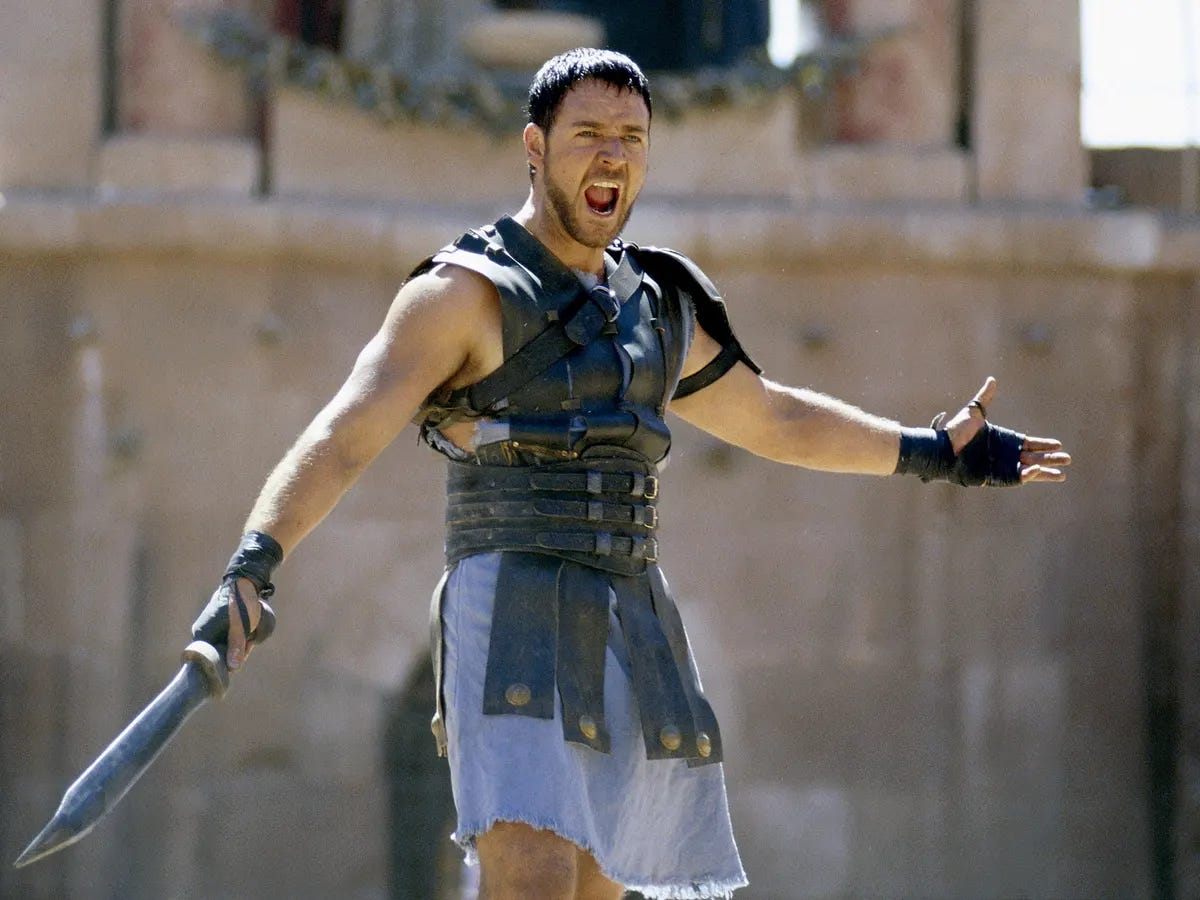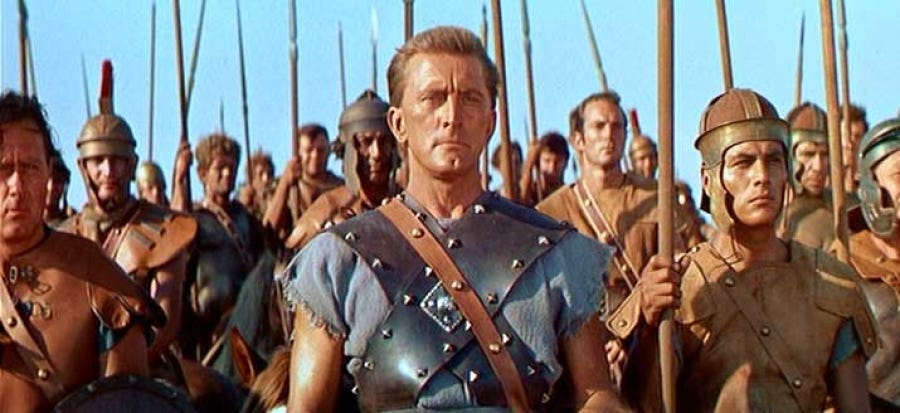Classical culture permeates every aspect of Western cinema. Nods to the Greeks and Romans are everywhere. Here’s a list of five films that are some of the most popular depictions of Greco-Roman glory.
5. Cleopatra (1963)
Directed by Joseph Mankiewicz, Cleopatra follows the story of the eponymous Egyptian pharaoh, including her steamy love affair with Julius Caesar (played by Rex Harrison) and Mark Antony (played by Richard Burton). This iconic film stars the breathtaking, fair-skinned beauty Elizabeth Taylor as the titular character.
Cleopatra is highly distinguished by its gorgeous visual style, masterful cinematography, production design, and costumes. Giant mobile sets were constructed specifically for the high-budget film, which swept the Oscars for its ground-breaking special effects. The epic movie is quite lengthy, standing at 3 hours and 12 minutes. It became the highest grossing film of the year, earning over $57 million in North America.
Although Taylor’s casting choice might be controversial today in an era of trigger warnings and cultural appropriation, it remains one of the most iconic depictions of Antiquity in modern pop culture.
4. Jason and the Argonauts (1963)
Directed in 1963 by Don Chaffey, this fantasy adventure classic follows Jason and the Argonauts in their quest for the legendary Golden Fleece. It is based on the epic of the same name, written in the 3rd century BC. The movie’s lead role is played by the strapping, handsome Todd Armstrong. When Jason saves Pelias from drowning, he tells the hero of the fleece’s existence. This prompts Jason to assemble a sailing crew of Greece’s finest men, including Hercules and Queen Hera. Their voyage is filled with colossal battles against harpies, a giant bronze statute named Talos, a Hydra, and an animated skeleton army.
The film is considered one of the finest of Old Hollywood, augmented by the masterful stop-motion animation of Ray Harryhausen.
3. Gladiator (2000)
Ridley Scott’s classic 2000 film Gladiator, starring Russell Crowe and future Joker star Joaquin Phoenix, is one of the finest examples of the historical drama genre. The story follows a fictional Roman general, named Maximus, who is betrayed by his friend Commodus, the son of the famous philosopher-emperor Marcus Aurelius. Commodus kills his father, and usurps Rome’s imperial throne. Reduced to slavery, Maximus must become a gladiator and rise through the ranks to avenge the murder of his family and his emperor. The film is loosely based on Daniel Mannix’s 1958 book Those About to Die.
Upon its release, Gladiator grossed over $500 million worldview, just behind Mission Impossible 2. It is now considered one of the best films of the 2000s, reviving the lost sword-and-sandal genre of four decades before. Some of the film’s notable themes include revenge, violence, masculinity, and stoicism. A sequel is scheduled for November 2024.
2. Spartacus (1960)
Even the most casual student of classics knows the iconic 1960 film Spartacus, directed by Stanley Kubrick and starring Kirk Douglas in its title role.
It is inspired by the real-life story of Spartacus, a Thracian revolutionary who led a slave revolt at a school in Capua in 73 BC. Spartacus’ slave uprising is known in Roman history as the Third Servile War. More directly, the film’s story was adapted by Dalton Trumbo from Howard Fast’s 1951 novel of the same name.
Trumbo was one of the Hollywood Ten, who were blacklisted for alleged ties to the Communist Party. Douglas publicly announced that Trumbo was the screenwriter, and the president himself (John F Kennedy) passed through picket lines to view the film. The film’s massive success contributed to the collapse of McCarthyism in the Hollywood industry.
Released in the same year as Alfred Hitchcock’s pioneering Psycho, Kubrick’s Spartacus was something of an anomaly of that cinematic era. Kubrick struggled with its production, and it was one of the few films he publicly disavowed. Kubrick came on to replace the film’s original director, Anthony Mann. It was one of the few Kubrick projects where the director didn’t have full control. Douglas, who stars as Spartacus, had director powers.
Like many classics-inspired films from the 1960s, Spartacus features an unmistakable aesthetic thanks to its impressive practical effects. These enliven the film with a vitality and realism that is missing from modern-day CGI movies.
1. Ben Hur (1959)
Ben Hur is a household name, and one of cinema’s finest gems. Set in Roman Judea, the nearly four-hour film stars the iconic Charleton Heston as a Jewish man named Ben Hur, who seeks out Christ. The famous chariot race is considered one of the most thrilling, beautifully crafted scenes in cinema history.
It was a remake of an earlier 1925 silent film, and adapted from Lew Wallace’s 1880 novel Ben Hur: A Tale of the Chirst. Designer Elizabeth Haffenden led a staff of 100 people to produce the film’s eye-catching costumes, while a workshop of 200 artists created hundreds of friezes and statues for the elaborate set designs. It became the second highest grossing film in history, just after Gone with the Wind.









